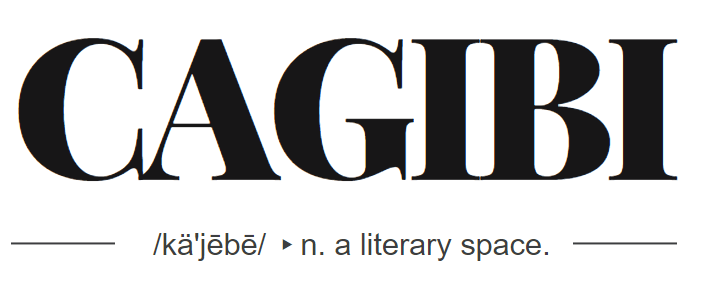
CAGIBI is versatile in its purpose and mission to readers and writers. The journal centers on literature in which character conflict, ultimately story, is tied to place.
Nicole R. Zimmerman succeeded with what CAGIBI looks for in a story. Read “Autumn Inferno” by Nicole R. Zimmerman, an example of exceptional, extraordinary writing, an unforgettable story told in an illuminating format.
Cagibi, qu’est ce que c’est? What is a cagibi?
American phonetic transcription: /kä’jēbē/
A cagibi, from the spoken French, is versatile in its purpose: it may be a shed, a cubbyhole, a cupboard.
It is a space to store tools or personal items for safekeeping: shovels, love letters, suitcases, pails, heirlooms, tchotchkes.
It is a space too low for grown-ups but perfect for children to hide and play.
It is that snug space under the stairs just large enough to fit a small writing desk.
It is a space that isn’t quite a room, usually windowless, but also door-less, a space that is at once intimate and yet open to the world.
It is any shelter, no matter how tiny, that allows for big imaginings to take shape.
CAGIBI is invested in sharing the universal human experiences to be found in works of prose and poetry set within places unfamiliar to readers; thus, our expressed interest in international—or world—literature, and works in translation.
Journal in Print and Online
CAGIBI’s journal is bundled online in quarterly issues, with one print issue each year.
Cagibi publishes an annual print issue.
Online, the quarterly online issues are published in January, April, July, and October. Each issue publishes stories, essays, poems, and art.
We welcome non-traditional and emerging writers, as well as minority and marginalized viewpoints.
Publishing Between Issues
Cagibi Express is a separate online section: a space between issues.
Submit your writing to Cagibi.
#amwriting #justwrite #creative writing #creative nonfiction